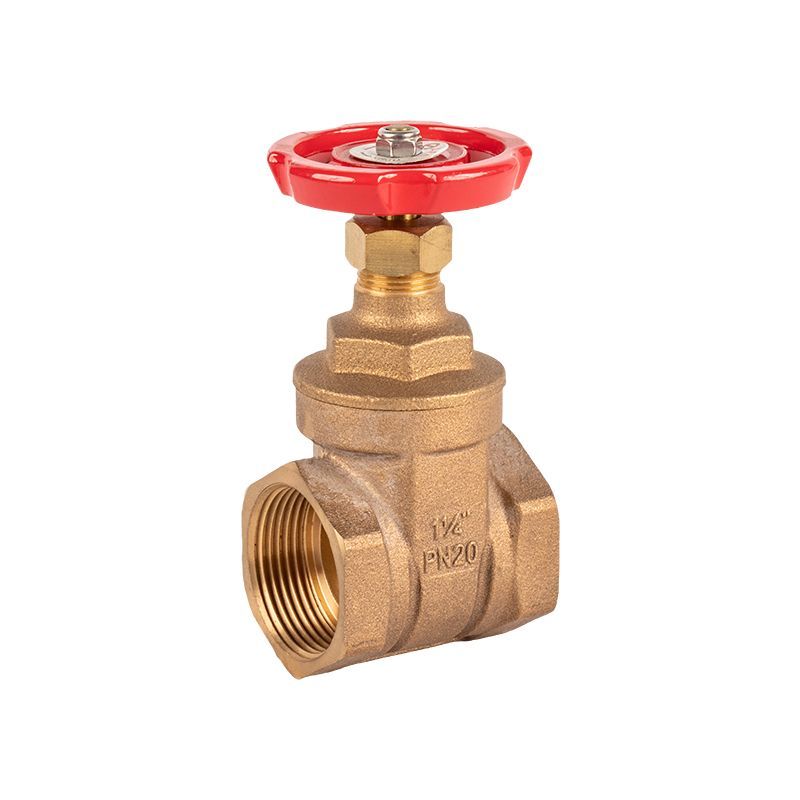
1. Chen, T., & Zhang, L. (2018). Wear of bronze valve guides under a saltwater environment. Tribology International, 117, 125-131.
2. Xu, H., Song, Z., Ji, W., & Li, W. (2017). Investigation on the stress-strain state and material property of sail bronze valve. Journal of Marine Science and Technology, 22(3), 482-490.
3. Yang, X., & Zhang, X. (2019). The effect of erbium oxide on microstructure and mechanical properties of bismuth bronze valve material. Materials Science and Engineering: A, 739, 211-220.
4. Zhu, X., & Wu, X. (2020). Design and simulation of a bronze valve for high-temperature steam. Applied Thermal Engineering, 165, 114410.
5. Liu, X., Zhang, Y., Shi, W., & Xu, J. (2019). Design optimization of a marine bronze valve based on structural analysis. Journal of Mechanical Science and Technology, 33(10), 4629-4637.
6. Zhang, R., He, S., Huang, Y., & Gu, R. (2020). Lubricating performance and durability of a copper-based alloy for bronze valve application. Materials Science and Engineering: B, 255, 114409.
7. Li, X., Li, H., & Li, R. (2018). Corrosion resistance and microstructure characterization of brass and bronze valve materials in a simulated dry and wet cyclic environment. Surface and Coatings Technology, 348, 285-292.
8. Chen, J., Li, Y., Yu, W., & Li, Y. (2017). Significant improvement of wear resistance of silicon bronze valve material by microstructure modification and heat treatment. Tribology Letters, 65(4), 1-18.
9. Wang, J., Zhang, X., Li, J., & Zhang, M. (2018). Effect of lead-free tin-copper on the microstructure and mechanical properties of bronze valve materials. Materials Science and Engineering: A, 723, 12-20.
10. Han, Y., Zhao, L., Li, X., & Dou, J. (2021). Research on impact toughness of marine bronze valves with different shapes. Journal of Marine Science and Engineering, 9(3), 245.

